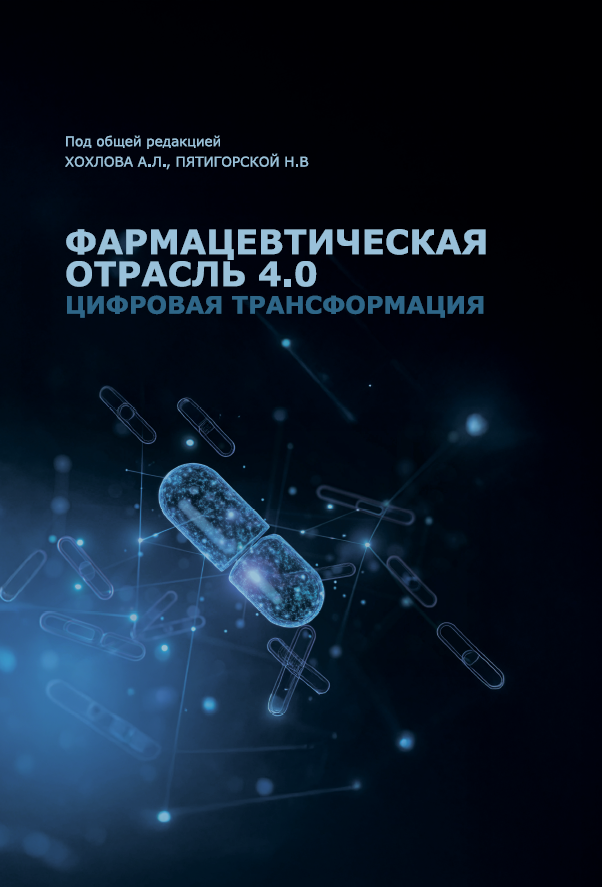The antifibrillatory activity study of the compound LMG-124 and lappaconitine hydrobromide on the reperfusion arrhythmias model
Abstract
About the Authors
V. N. StolyarukRussian Federation
I. B. Tsorin
Russian Federation
M. B. Vititnova
Russian Federation
V. P. Gusev
Russian Federation
Yu. I. Murinov
Russian Federation
M. S. Yunusov
Russian Federation
S. A. Kryzhanovskii
Russian Federation
References
1. Van de Werf F., Bax J, Betriu A. et al. Management of acute myocardial infarction in patients presenting with persistent ST-segment elevation: The Task Force on the management of ST-segment elevation acute myocardial infarction of the European Society of Cardiology. Eur Heart J 2008; 29: 2909-45.
2. ACCF/AHA guideline for the management of ST-elevation myocardial infarction: executive summary: a report of the American College of Cardiology Foundation/American Heart Association Task Force on Practice Guidelines: developed in collaboration with the American College of Emergency Physicians and Society for Cardiovascular Angiography and Interventions. O'Gara P.T., Kushner F.G., Ascheim D.D., Casey D.E., Chung M.K., de Lemos J.A., Ettinger S.M., Fang J.C., Fesmire F.M., Franklin B.A., Granger C.B., Krumholz H.M., Linderbaum J.A., Morrow D.A., Newby L.K., Ornato J.P., Ou N., Radford M.J., Tamis-Holland J.E., Tommaso C.L., Tracy C., Woo Y.J., Zhao D.X.; American College of Cardiology Foundation.; American Heart Association Task Force on Practice Guidelines.; American College of Emergency Physicians.; Society for Cardiovascular Angiography and Interventions. Catheter Cardiovasc Interv 2013; 82 (1): E1-27.
3. Turer A. T., Hill J.A. Pathogenesis of myocardial ischemia-reperfusion injury and rationale for therapy. Am J Cardiol 2010; 106 (3):360-8.
4. Aufderheide T.P. Arrhythmias associated with acute myocardial infarction and thrombolysis. Emerg Med Clin North Am 1998, 6 (3): 583-600.
5. Karaahmet T., Keles N., Gürel Y.E. et al. Early spontaneous reperfusion in the right coronary artery of a patient with acute inferior myocardial infarction. Turk J Thorac Cardiovasc Surg 2011; 19 (3): 446-8.
6. Bainey K.R., Fu Y., Wagner G.S. et al. Spontaneous reperfusion in ST elevation myocardial infarction: comparison of angiographic and electrocardiographic assessments. Am. Heart J. 2008; 156 (2); 248-55.
7. Schwartz H., Leiboff R.H., Bren G.B. et al. Temporal evolution of the human coronary collateral circulation after myocardial infarction. J Am Coll Cardiol 1984; 4 (6): 1088-93.
8. Руководство по проведению доклинических исследований лекарственных средств. Часть первая. М.: Гриф и К, 2013; 944.
Review
For citations:
Stolyaruk V.N., Tsorin I.B., Vititnova M.B., Gusev V.P., Murinov Yu.I., Yunusov M.S., Kryzhanovskii S.A. The antifibrillatory activity study of the compound LMG-124 and lappaconitine hydrobromide on the reperfusion arrhythmias model. Pharmacokinetics and Pharmacodynamics. 2017;(2):16-18. (In Russ.)












































